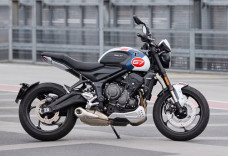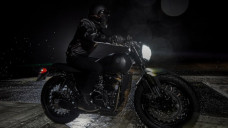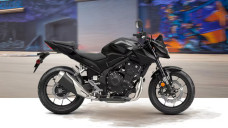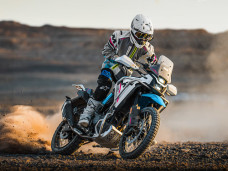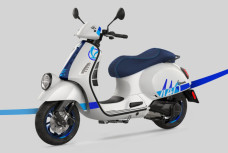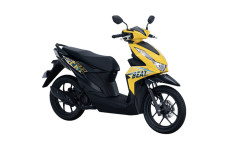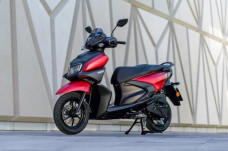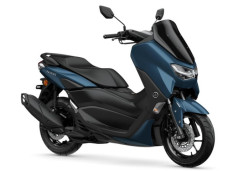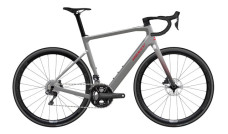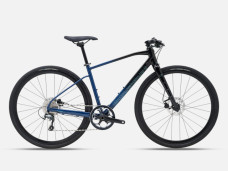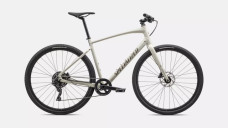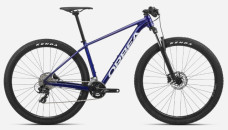Sell your bike at the Largest Used Bike Marketplace and get the highest price.
Why Sell With Bikes4Sale?
- • Dedicated bike portal, started in 2007.
- • More than 5,00,000 bikes sold till date.
- • No commission on sale.
- • Usual time to sell between 1 to 3 weeks.


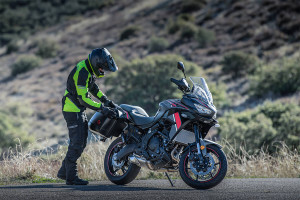 Best Beginner Touring Motorcycles in the US
Best Beginner Touring Motorcycles in the US Ridley Unveils Trio of Grifn All-Road Bikes: Grifn RS, E-Grifn, and Grifn A
Ridley Unveils Trio of Grifn All-Road Bikes: Grifn RS, E-Grifn, and Grifn A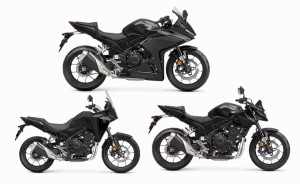 Honda Launches 2024 NX500, CB500F, and CBR500R Models in US
Honda Launches 2024 NX500, CB500F, and CBR500R Models in US Best Urban Commuter Bikes in Australia
Best Urban Commuter Bikes in Australia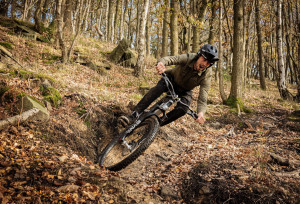 Cheapest Mountain Bikes from Top Brands in Australia
Cheapest Mountain Bikes from Top Brands in Australia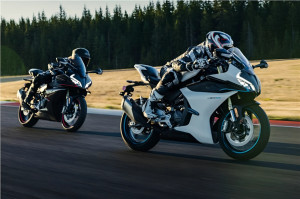 Best Sport Motorcycles Under $6,000 in US for 2024
Best Sport Motorcycles Under $6,000 in US for 2024 Top Road Bikes in Australia Under $1,000 AUD
Top Road Bikes in Australia Under $1,000 AUD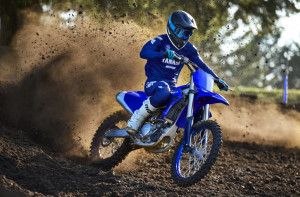 Cheapest Dirt Bikes you can Buy in US for 2024
Cheapest Dirt Bikes you can Buy in US for 2024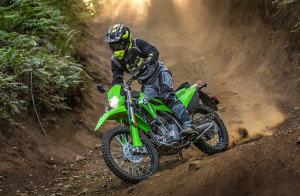 Best Dual Sport Motorcycles Under $7,000 in the US
Best Dual Sport Motorcycles Under $7,000 in the US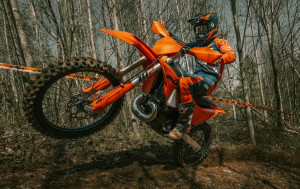 2025 KTM XC and XC-F: Unveiling the Latest in Off-Road Race Tech
2025 KTM XC and XC-F: Unveiling the Latest in Off-Road Race Tech